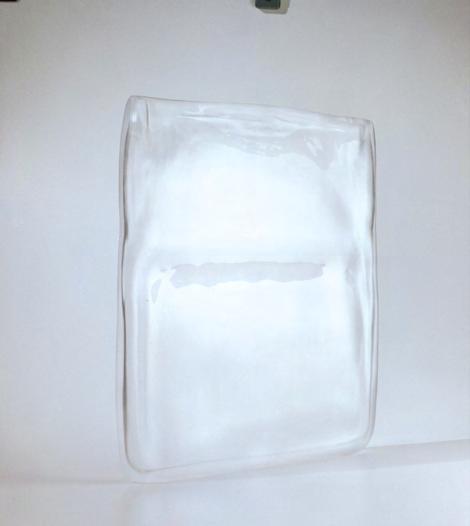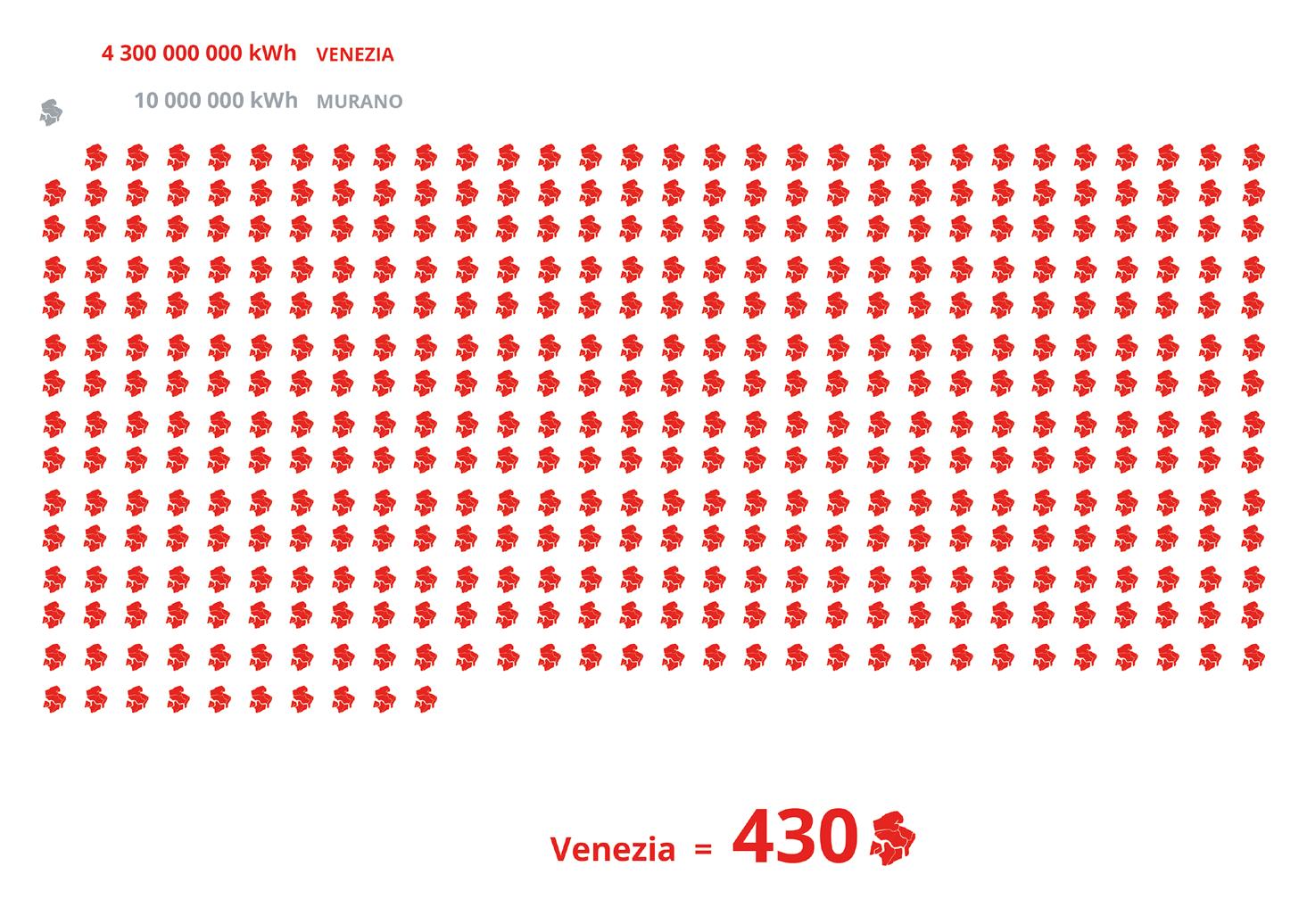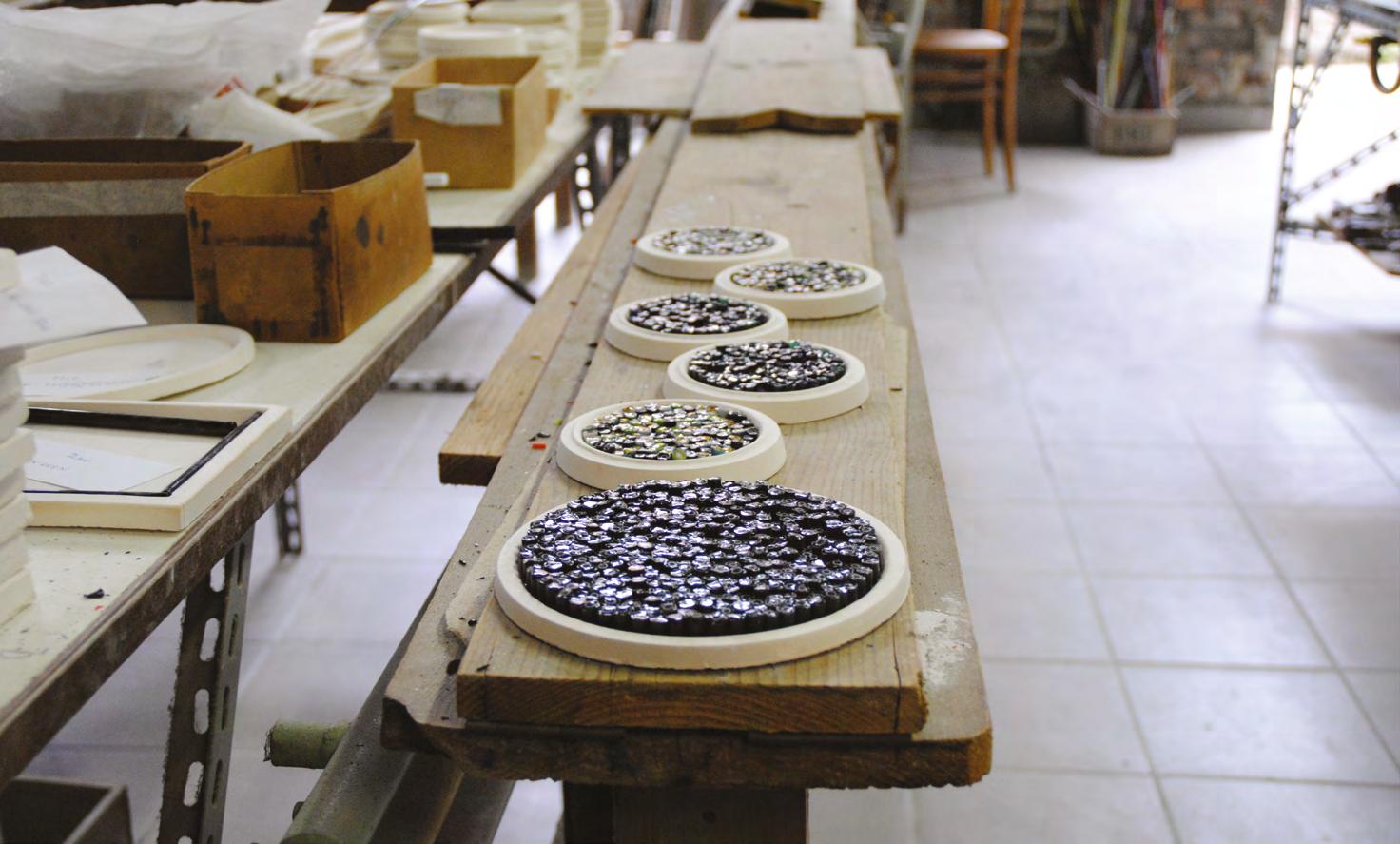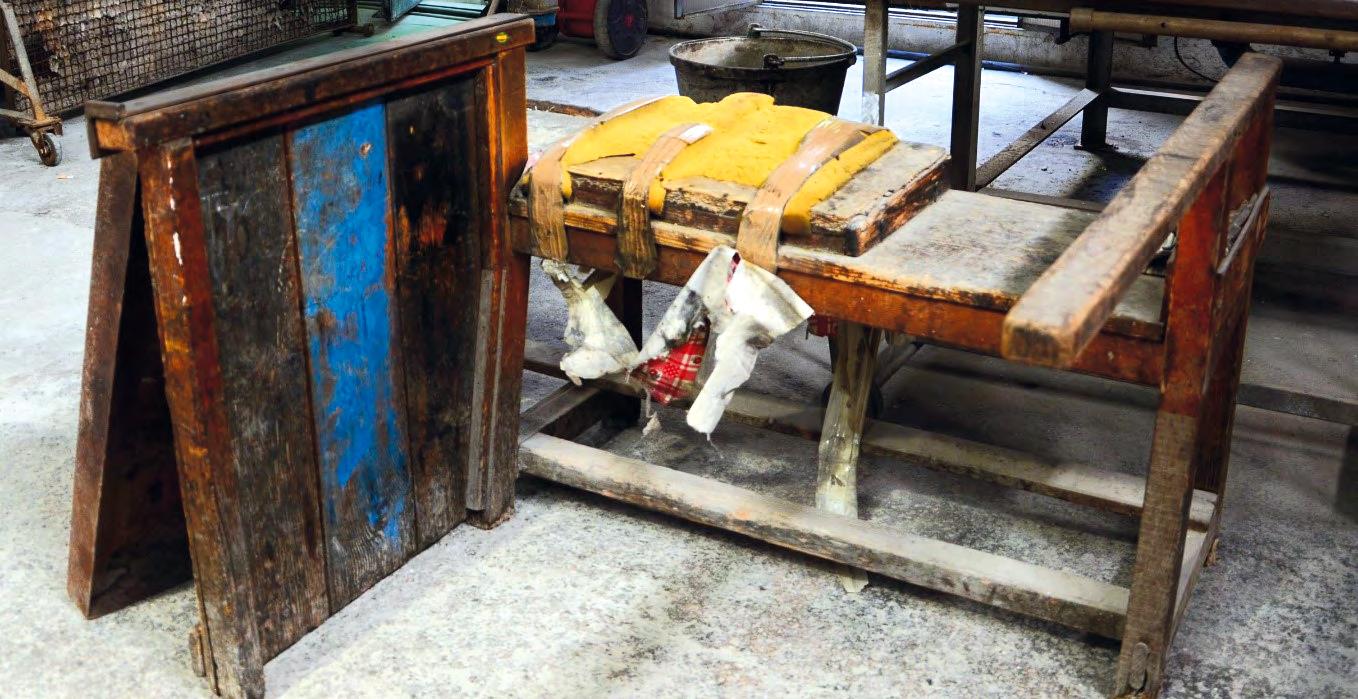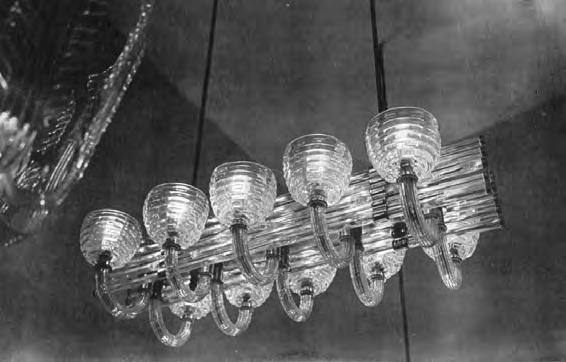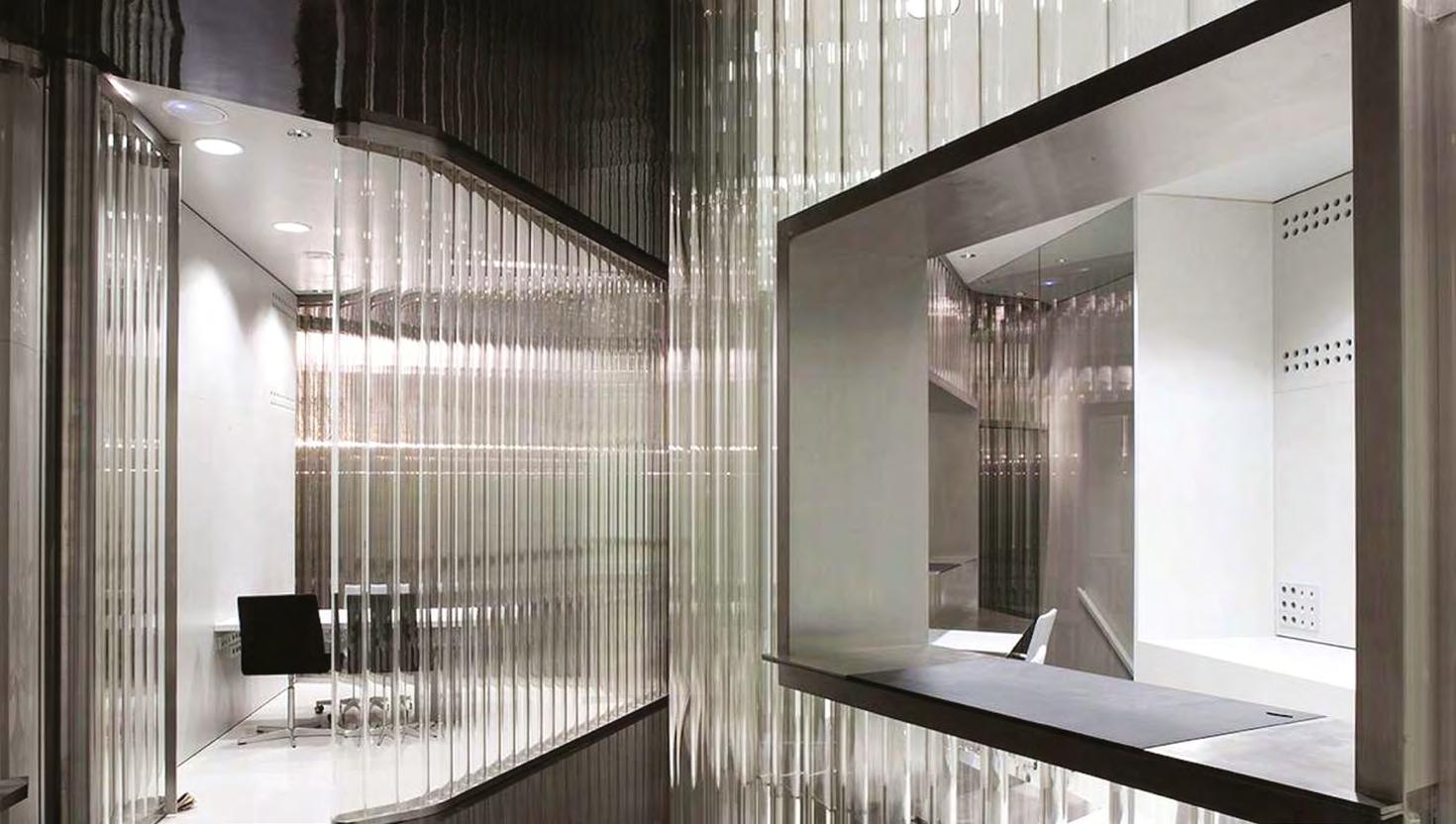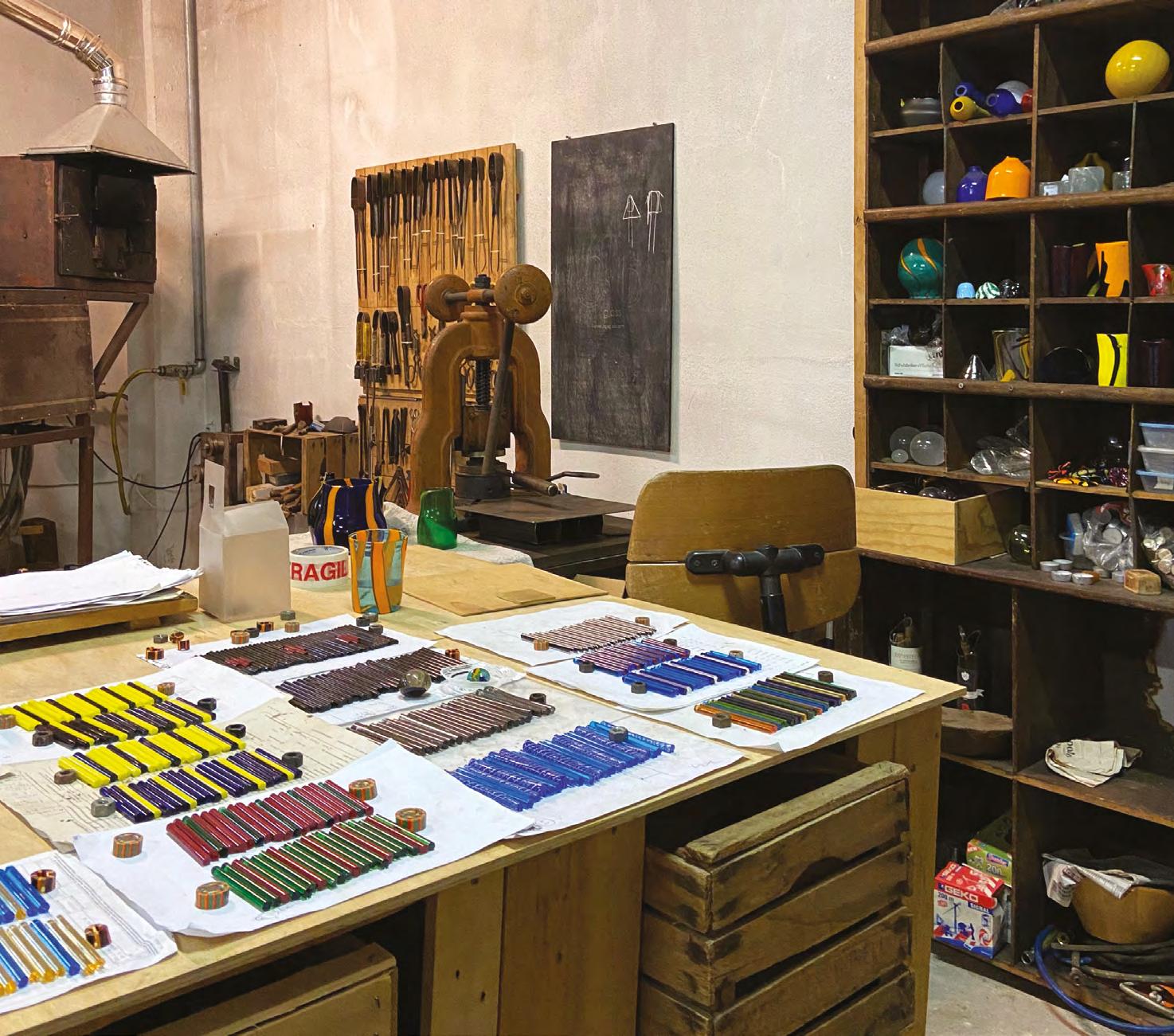
6 minute read
Glass and Design
ROSA CHIESA
The design and culture of the project, understood in its most inclusive sense, is of course also based on our relationship with materials, as Laura Tripaldi (2020) reminds us: “because the materials we use are not passive objects, but, on the contrary, are determined by our socio-cultural life and in turn determine our relationship with the world, forming what is usually called material culture: a culture that is structured around the invention, production and use of the materials that surround us”.
How, then, can we not reflect on our relationship with a material as ancient and enduring as glass? But above all, how can we ignore its intrinsic capacity to be antifragile, to reshape its configurations according to its state (liquid, solid) and, at the same time, metaphorically reconfigure itself to cope with moments of crisis?
The highly interdisciplinary approach of the ANTIFRAGILE GLASS call for papers thus represents a meeting place between the project themes – investigated through architecture and design – those more appropriately pertaining to science and technology, and the “humanities”, understood here as wide-ranging historical disciplines that push the boundaries of reflection on the future, starting from the past.
Talking about glass as a “cultural” material, with which our history has been built through the design of artistic and architectural artefacts and utilitarian objects, without forgetting the field of science, therefore means dwelling in those places of intersection between liminal areas, which share both the use of a material – glass – and its ability to shape the technologies we use to mould it. This is how historical analysis, scientific research and experiments into processes and applications take on new cultural significance – in dialogue between history and design, and between technologies, innovation, successes and failures.
The design of glass artefacts (artistic and industrial) as well as the modernisation of glass production processes will, in the future (and even now), have to deal with changes in the energy supply and the unavoidable steps towards a transition to more sustainable systems.
The meeting points and cross-disciplinary sharing thus help to map out a structural network of tense relationships between history and innovation, which – as is the case with materials subject to hysteresis phenomena, i.e. those that change their behaviour to a stimulus on the basis of their previous history (Tripaldi, 2020) – will prove to be fundamental in renewing the entire glass industry.
To simplify reading – but without wishing in any way to detract from the originality of each contribution – the papers have been grouped thematically in the following summary.
The “magic” of glass, a simple and constantly evolving material, especially that associated with blown glass and the island of Murano, is recognised around the world. An initial founding contribution by Massimiliano Ciammaichella, Glass on Stage. The Woman of Fire Marietta Barovier, helps to define the historical frame of reference of the themes progressively proposed, highlighting precisely the narrative linked to the events surrounding the manufacture of glass beads, but at the same time emphasising a highly topical theme, that of female entrepreneurship in 15th century Murano through the pioneering figure of Marietta Barovier. What emerges is a compelling dialogue between the past and the future, which uses theatre as the vehicle to convey a contemporary story.
Resilience, understood as “balance between tradition and innovation, to the transformations in various contexts under the banner of the craftsmanship and elegance of glass design”, is the key theme of the historical overview presented by Federica Dal Falco and Raissa D’Uffizi in Glass and light. Suspension lamp design in Italy between 1930 and 1969 in the magazines, recounts the evolution of glass light fittings between the early 1930s and the mid-1960s, focusing in particular on pendant lamps. The rigorous methodology of historical investigation, conducted through the analysis of magazines, highlights the implications, not only in terms of form, that glass had with the technological evolution of other materials.
The systematisation of historical knowledge about the authorial production of Portuguese glass, in the period from 1950 to the present day, is the main focus of the paper proposed by Claudia Pedro, Authorship in Glass Design in Portugal – Four Cycles: from the ‘50s to the Present. The complex theme of the relationship between art and design emerges between the lines of the contribution that addresses the issue of glass design authorship, investigated in the Marinha Grande cluster in Portugal.
By contrast, it is the innovative work of artist/designer Laura de Santillana that serves as an opportunity for Laura Panchaud, in her paper Apparent divide – An observation of the handmade and the machine-made through the work of Laura de Santillana, to focus on the apparent opposition between the “handmade” and the “machine-made” within the Murano and international glassmaking tradition. Exploring a new production process, “slumping” glass, and its many possible applications, the discussion leads into broader considerations on training and the often “crystallised” roles in the traditional glassmaking process.
Another important theme – that of the relationship between design and craftsmanship – is addressed by the essay From industrial float glass to collectible
design light sculpture: the case of Baracche project by artist Paolo Gonzato by Maria Rita Ferrara and Beatrice Bianco. The central focus is “the intersection of the industrial and standardised material of float glass, and artist Paolo Gonzato’s creative approach to this material in creating unique lightweight glass sculptures” in a novel use of the material, commonly used for construction purposes, that is becoming “promising in the perspective of the development of creative industries and economies in Italy”.
In Systemic reuse models for sustainable glass packaging design and innovation, Marino, Tamborrini, Miotto and Ferronato take stock of the Italian glass packaging industry, a strategic sector for Italy. Indicating some possible strategies that could be implemented to initiate a sustainable transition and reduce environmental impact, the contribution focuses on the topic of reuse and, ultimately, the search for innovative solutions aimed at creating a “systemic business”. Again, the theme of the potential of waste and the role of the designer as a promoter of innovation on a systemic level is the focus of The “beautiful scraps” a precious resource, curated by Erika Coccato and Laura Badalucco.
Finally, two contributions share a pursuit of integrating digital technologies with the traditional production process of glass artefacts.
In Digital manufacturing for Murano glass, Omri Revesz focuses on an experiment – Islands – which reveals original and expressive results on the use of traditional murrine through the development of an innovative production technique, giving rise to a kind of digital craftsmanship under the banner of the fruitful combination of digital and manual.
Glass Future Lab. Murano glass production and digital manufacturing: possible relationships in a future scenario by Chiesa, Berrone and Coppola, proposes a reflection on the topic of the possibilities of integrating digital fabrication into the traditional process of producing glass artefacts. Imagining new ways of hybridising production processes, once again, certainly means solving or facilitating certain technical aspects and producing new aesthetic results, but at the same time, it means envisioning a future for the glass industry that stems from continuity with its valuable historical heritage.
Albeit with some simplifications, what emerges from the papers presented in the design section yields a wealth of stimulating nuances for research around the theme of glass investigated from a design perspective. From history – an essential discipline that always plays an active role in foreshadowing future scenarios – to thematic nodes such as the redefinition of glass production, long disputed between art, craftsmanship and design, and that perhaps the prospect of encountering new technologies may help to resolve, by opening up new paths instead of building increasingly insurmountable barriers.
Finally, the issue of the transition to a sustainable structure – inseparable from digital – is key to supporting all research that looks to the future of the industry and will be fundamental in providing, as always, new lifeblood to the glass industry, which even today is challenging the economic crisis with its eternal antifragility.

